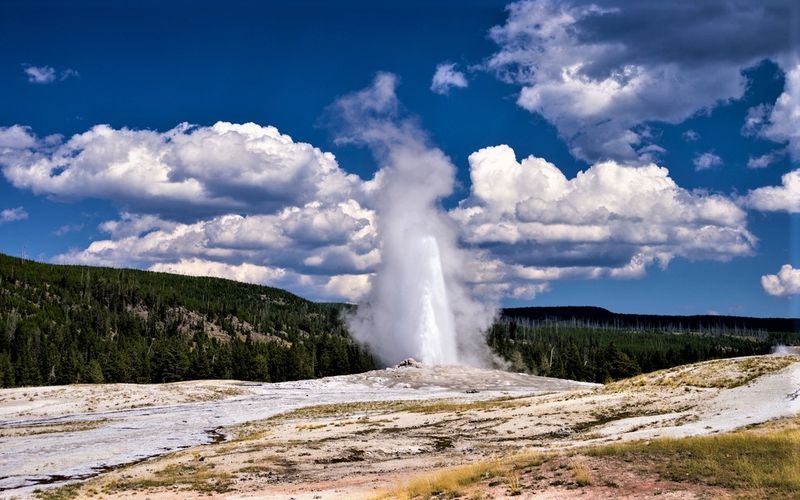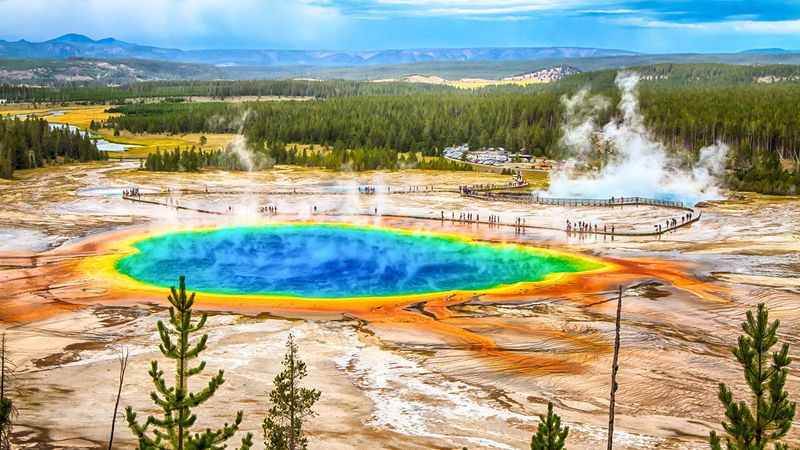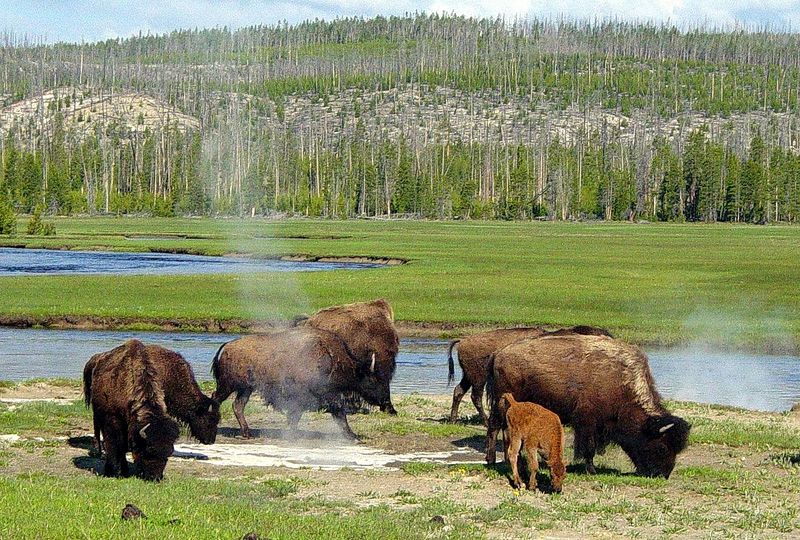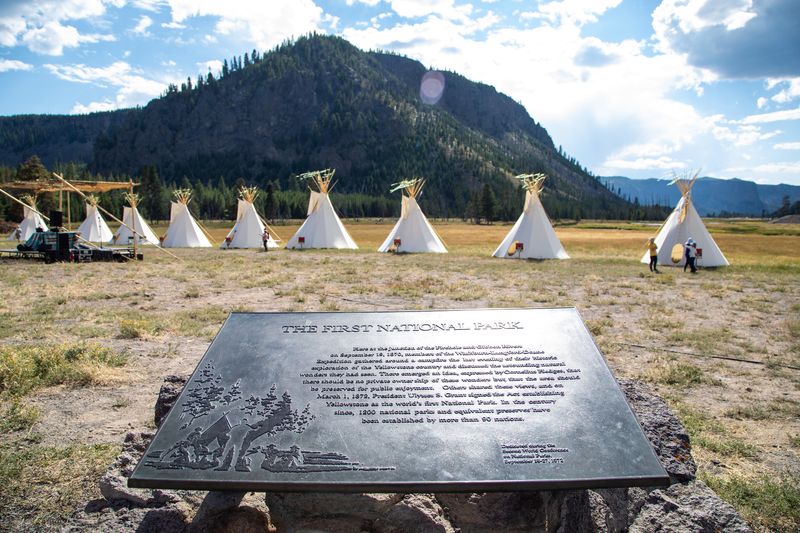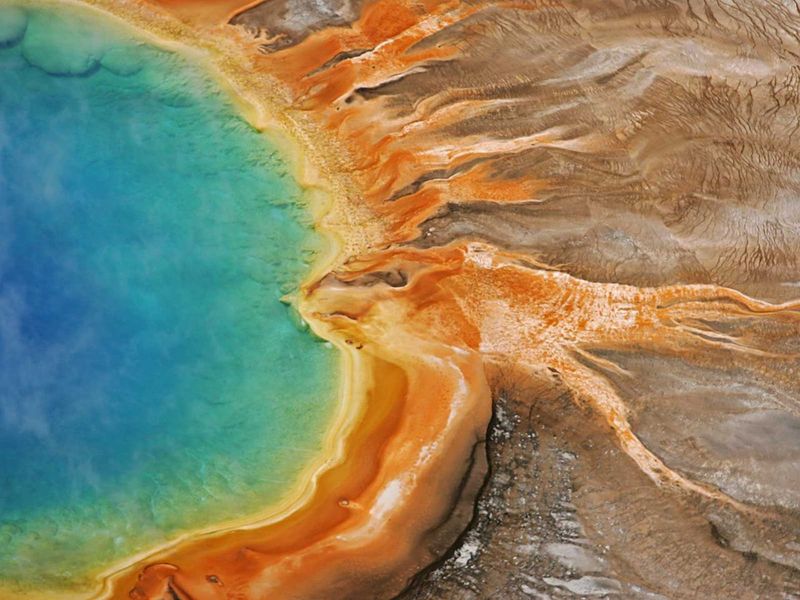Nestled in the heart of the American West, Yellowstone National Park stands as a testament to our nation’s commitment to preserving natural wonders.
In 1872, it became the world’s first national park, creating a blueprint for conservation that would spread across the globe.
This magnificent landscape of geysers, wildlife, and pristine wilderness marks the beginning of America’s most democratic idea: that spectacular natural places belong to everyone.
1. The Historic Yellowstone Act
Back when America was still healing from Civil War wounds, Congress made an unprecedented move. President Ulysses S. Grant signed legislation that would forever change how we value wilderness.
No private ownership, no industrial development: just public land preserved for enjoyment. The 1872 Yellowstone Act designated over two million acres as “a public park or pleasuring-ground for the benefit and enjoyment of the people.”
2. Geological Wonders That Demanded Protection
Bubbling mud pots, prismatic hot springs, and the reliable Old Faithful captivated early explorers who ventured into this otherworldly landscape.
What makes Yellowstone truly special? Sitting atop a massive volcanic hotspot, the park contains about half of all the world’s active geysers.
Early photographs and paintings of these natural phenomena shocked Americans who had never imagined such wonders existed within their own country.
3. Wildlife Conservation Pioneers
Nearly hunted to extinction, only 23 wild bison remained in Yellowstone by 1902. Park rangers took extraordinary steps to protect these iconic animals from poachers.
Fast forward to today, and thousands of bison roam the park’s valleys. Wolf reintroduction in 1995 completed the ecosystem puzzle, restoring natural balance.
Yellowstone became America’s living laboratory for wildlife management, showing how careful stewardship can bring species back from the brink.
4. Indigenous Connections to Sacred Land
Generations before tourists arrived, Native peoples held deep spiritual connections to Yellowstone’s landscapes. At least 27 tribes have historical and cultural ties to this region.
Shoshone, Blackfeet, Crow, and Bannock peoples navigated these lands for thousands of years. Modern park management increasingly acknowledges this heritage, incorporating Indigenous knowledge into conservation practices.
Visiting Yellowstone means walking through places that have been sacred to human communities since time immemorial.
5. Blueprint for Global Conservation
After Yellowstone showed the way, countries worldwide followed America’s example. Canada established Banff National Park in 1885. New Zealand protected Tongariro in 1887.
Yellowstone’s success sparked a global movement. Today, over 4,000 national parks exist across the planet, preserving natural and cultural treasures on every continent.
When you visit any national park worldwide, you’re experiencing the ripple effect of that revolutionary decision made in 1872.

